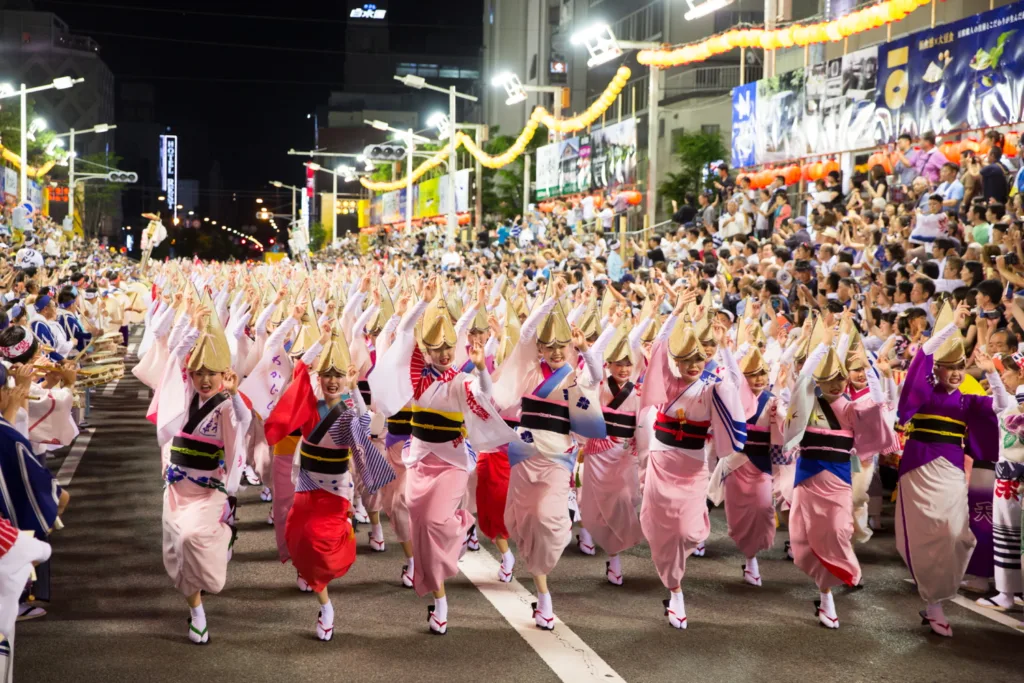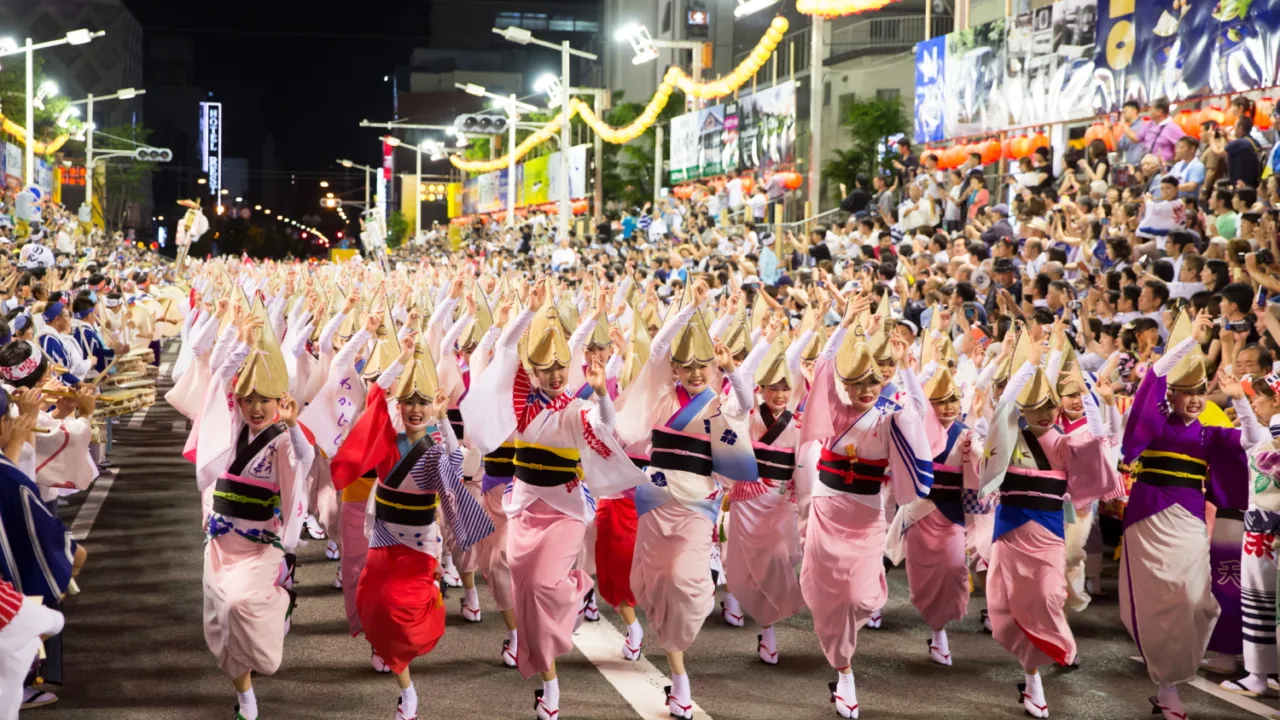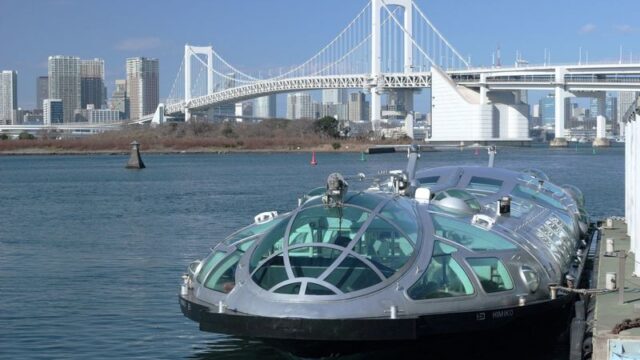Awa Odori is a traditional Japanese dance festival that takes place every August in Tokushima Prefecture on the island of Shikoku. Here’s a more detailed look at its various aspects

Historical Background
- Origins: Awa Odori is believed to have originated over 400 years ago during the Muromachi period (1336-1573). There are several theories regarding its beginnings. One popular theory suggests that it started as a celebration when Hachisuka Iemasa, the first lord of Tokushima, completed the construction of Tokushima Castle in 1586. The townspeople were said to have celebrated by dancing wildly, which led to the development of the dance known as Awa Odori.
- Name Significance: “Awa” was the name of the old province that is now Tokushima Prefecture, and “Odori” means “dance,” hence “Awa Dance.”
Dance Characteristics
- Dance Style: Awa Odori is performed in groups called “ren,” and the dance is distinguished by its unique and lively steps. Male and female dancers have slightly different styles
- Men’s Dance: Typically more vigorous, with lower body movements and more dynamic steps.
- Women’s Dance: Usually more elegant, with smaller, refined steps, often performed with arms raised above the head, holding small fans or paper lanterns.
- Music: The dance is accompanied by traditional Japanese musical instruments, including shamisen (a three-stringed instrument), taiko (drums), kane (a type of bell), and bamboo flutes. The music is rhythmic and upbeat, creating an infectious energy that drives both the dancers and the audience.
- Chants: The dancers often chant phrases such as “Yatto sa, yatto sa” and “Erai yatcha, erai yatcha,” which add to the lively atmosphere and encourage crowd participation.
Costumes
- Traditional Attire: Dancers wear light, colorful yukata (summer kimono) with a specific design for each ren. Women often wear a headdress called amigasa, a woven straw hat shaped like a cone, while men may wear hachimaki (headbands).
- Footwear: Zori or geta (traditional Japanese sandals) are commonly worn, which add to the authenticity of the dance.
Festival Overview
- Dates: The festival is held annually from August 12th to 15th, aligning with the Obon season, a time when Japanese people honor the spirits of their ancestors.
- Location: The main event takes place in Tokushima City, where several streets are closed to traffic to allow for the massive dance processions. These streets are lined with spectators, and the city becomes a lively hub of celebration.
- Participation: Both professional and amateur dance groups participate, and it’s common for spectators to join in the dancing, making the event highly interactive. The festival attracts over 1 million visitors each year.
Cultural Impact
- Significance: Awa Odori is more than just a dance; it is a vital part of Tokushima’s cultural identity. The festival showcases the region’s rich history and communal spirit and has been passed down through generations.
- Global Reach: The popularity of Awa Odori has extended beyond Tokushima, with similar festivals held in various parts of Japan and even internationally. These events help spread awareness of Japanese culture and tradition on a global scale.
Visitor Experience
- Tourism: During the festival, Tokushima is filled with tourists from across Japan and around the world. In addition to watching the dance performances, visitors can enjoy local food stalls, traditional crafts, and other cultural experiences.
Awa Odori remains a vibrant and cherished tradition in Japan, reflecting the joyful spirit of the region and the enduring power of community and cultural celebration.


Awa Odori in Tokushima is the most famous, but Shikoku is a place that can be difficult to get to. Therefore, during the summer, Awa Odori is held several times in Tokyo as well. The most well-known ones are the Awa Odori festivals in Kagurazaka, Koenji, and Otsuka.




